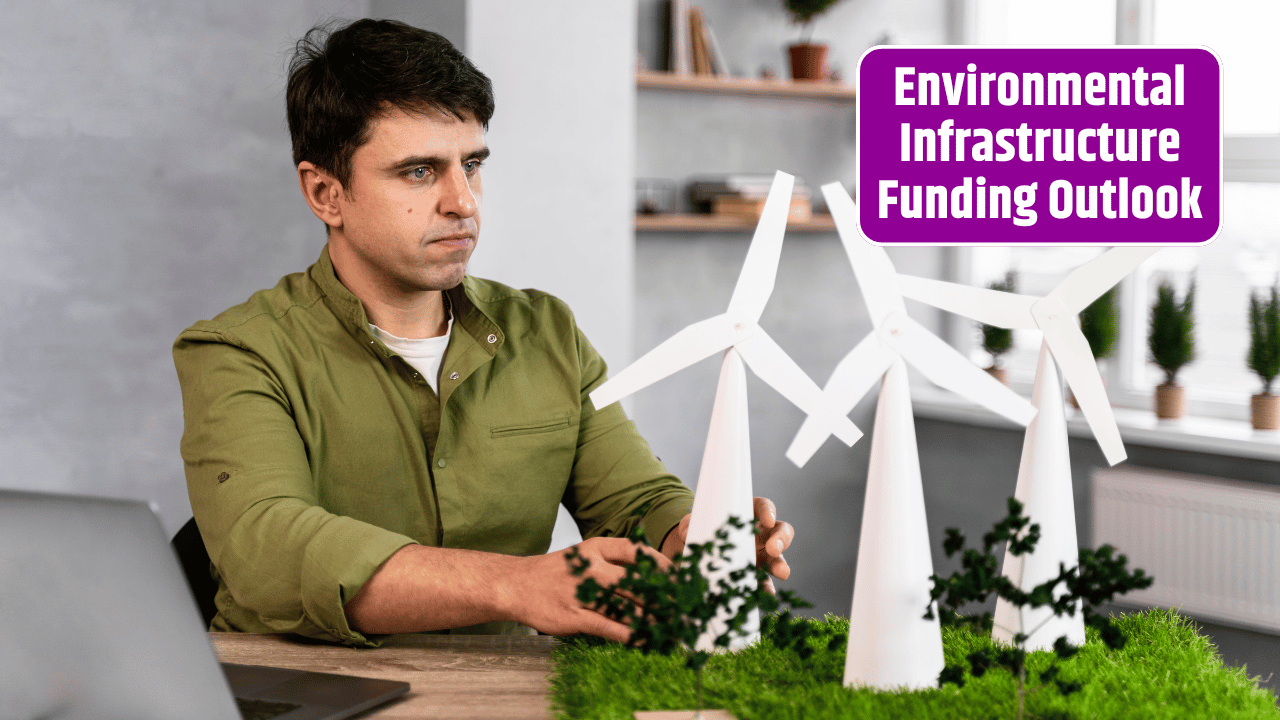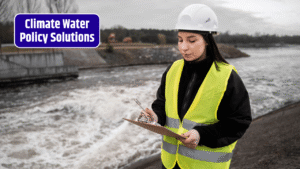Environmental infrastructure—comprising water supply, wastewater treatment, stormwater management, solid waste systems, and environmental remediation—is a cornerstone of public health, environmental protection, and climate resilience. However, much of the U.S. environmental infrastructure is outdated, underfunded, and ill-equipped to meet the demands of a growing population and a changing climate. Financing these systems sustainably remains one of the greatest policy and planning challenges of the decade.
Understanding the current trends, funding gaps, and emerging opportunities in environmental infrastructure financing is critical for closing the investment deficit and building resilient, future-ready systems.
Table of Contents
Trends in Environmental Infrastructure Financing
1. Increased Federal Investment Post-2021
The passage of the Infrastructure Investment and Jobs Act (IIJA) in 2021 injected more than $50 billion into water and environmental infrastructure through programs like:
- Clean Water State Revolving Fund (CWSRF)
- Drinking Water State Revolving Fund (DWSRF)
- EPA Brownfields and Superfund Redevelopment
- Lead service line replacement initiatives
This marked the largest federal investment in environmental infrastructure in U.S. history, signaling a shift toward long-term resilience and equity.
2. Growth of Green and Nature-Based Infrastructure
There is growing policy and financial support for green infrastructure projects—bioswales, rain gardens, green roofs, and constructed wetlands—that manage stormwater naturally and restore ecosystems.
- These projects are increasingly eligible for SRF loans and grants.
- They offer co-benefits like urban cooling, biodiversity, and flood mitigation.
3. Emergence of Climate and Environmental Justice Funding
Programs now increasingly prioritize disadvantaged and underserved communities, ensuring that funds target areas with the greatest need. The Justice40 Initiative mandates that 40% of the benefits from certain federal investments flow to these communities.
4. Technology and Innovation Financing
Utilities are beginning to invest in smart water technology, real-time monitoring systems, and energy-efficient wastewater treatment, supported by both public and private funds.
The Financing Gaps
Despite these gains, major funding gaps remain:
| Sector | Estimated Funding Gap (by 2040) | Primary Challenges |
|---|---|---|
| Drinking Water Infrastructure | $109 billion | Aging pipes, lead contamination |
| Wastewater Infrastructure | $105 billion | Overflows, capacity issues |
| Stormwater Management | $19 billion | Flooding, lack of dedicated funding streams |
| Solid Waste and Recycling | $18 billion | Facility upgrades, landfill diversion |
| Contaminated Site Remediation | $20 billion+ | Brownfields, PFAS cleanup |
Source: ASCE, EPA, National Association of Clean Water Agencies (NACWA)
Many local governments lack the fiscal capacity to fund large-scale upgrades or leverage matching federal grants, especially in rural and low-income areas.
Barriers to Sustainable Financing
- Fragmented funding sources across local, state, and federal levels
- Inflexible grant eligibility and application processes
- Limited technical capacity in small communities to apply for and manage grants
- Underpriced water rates, which reduce revenue available for infrastructure upgrades
- Short-term political cycles, which discourage long-term investment
Opportunities to Close the Gap
1. Expand and Optimize State Revolving Funds
SRFs are the backbone of U.S. environmental infrastructure funding. Increasing capitalization and simplifying access—especially for disadvantaged communities—can unlock billions in needed investment.
2. Promote Public-Private Partnerships (P3s)
P3s can bring private sector expertise and capital into public infrastructure projects. These are especially valuable for:
- Advanced treatment technologies
- Long-term operations and maintenance
- Design-build-finance-operate models
3. Use Climate and Green Bonds
Municipalities and states can issue green bonds or climate resilience bonds to finance projects with environmental or adaptation benefits. These can attract ESG-focused investors and diversify funding sources.
4. Integrate Infrastructure Planning Across Sectors
Blending water, energy, transportation, and housing projects into multi-benefit infrastructure plans can maximize funding efficiency and attract cross-sector support.
5. Incentivize Rate Reform and Utility Resilience
Encouraging full-cost pricing of water and sewer services ensures long-term financial sustainability and supports future reinvestment.
- Establish affordability programs to protect low-income households
- Encourage resilience planning in utility operations and budgeting
Building an Equitable Financing Future
A sustainable environmental infrastructure financing framework must be:
- Equitable: ensuring all communities have access to clean, reliable services
- Resilient: built to withstand climate extremes and changing demands
- Innovative: embracing new technologies and funding mechanisms
- Transparent: clearly communicating costs, benefits, and accountability
Closing the investment gap will require a mix of policy reform, innovative financing, private capital, and public leadership at all levels. With smart, coordinated action, the U.S. can build infrastructure systems that are not only environmentally sound, but also socially and economically inclusive.
FAQs
What is environmental infrastructure?
It includes the systems that manage water, wastewater, stormwater, solid waste, and environmental remediation—essential for public health and sustainability.
Why is there such a large funding gap?
Years of underinvestment, rising climate risks, and aging infrastructure have created a backlog of needed upgrades, especially in smaller or disadvantaged communities.
What are State Revolving Funds (SRFs)?
SRFs are federally capitalized, state-administered loan programs that finance water and wastewater projects at low or zero interest.
Can private investment play a bigger role?
Yes. Public-private partnerships and green bonds offer ways to bring in capital and innovation for infrastructure delivery and management.
How can communities access more funding?
By building technical capacity, pursuing partnerships, engaging in regional planning, and taking advantage of new federal programs focused on equity and climate resilience.














